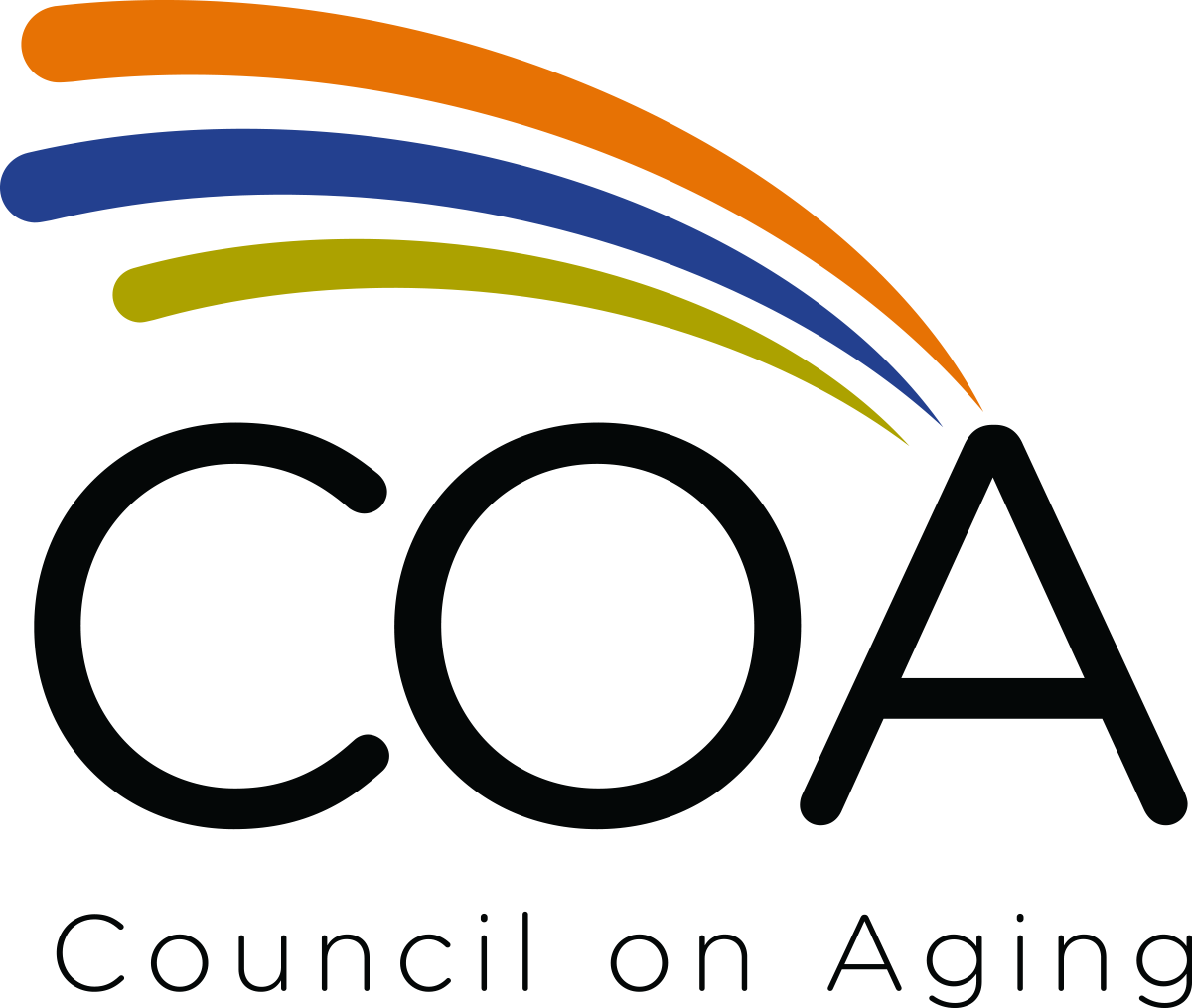Since its inception in 1965, the Older Americans Act (OAA) has been the foundation of services for older adults in the United States and forms the nucleus of our national system of home and community-based services for older Americans. The OAA provides funding to states for a range of community planning and service programs for older Americans at risk of losing their independence.
The Aging Network
The Aging Network, a system of federal, state and local agencies, was established to develop and implement the wide array of OAA services. The core of the aging network is the U.S. Administration on Aging (AoA), 57 State and Territorial Agencies on Aging, 650 Area Agencies on Aging, 240 Title VI Native American Aging programs, and over 30,000 service provider organizations. This critical infrastructure of the aging network is the backbone of our nation's home and community-based long-term care system.
OAA Programs and Services
Through the Aging Network, each year over eight million older Americans are provided support services. The OAA funds programs such as home-delivered and congregate meals, transportation, employment services, chore and personal care and legal assistance that help older adults remain in their homes and communities.
For over 30 years, Area Agencies on Aging (AAAs) and Title VI Native American Aging Programs, funded through the Older Americans Act, have been the focal point in local communities where seniors and families receive vital information and get connected with available services. OAA services help families navigate a complex, and at times overwhelming, home and community-based services system.
Family members, friends, and neighbors provide the majority of long-term care in this country, at an estimated value of $257 billion annually. The National Family Caregiver Support Program, established in 2000 as part of the OAA, provides essential support services such as information and referral assistance, counseling and training, and respite to millions of Americans who serve as the primary caregiver for an aging relative or friend.
State and Community Programs
Based on the number of older persons in the state, program funding is allocated to each State Agency on Aging to plan, develop, and coordinate systems of supportive in-home and community-based services. Most states are divided into Planning and Service Areas (PSAs), so that programs can be effectively developed and targeted to meet the needs of the elderly residing in that area. Nationwide, over 650 Area Agencies on Aging (AAA) receive funds from their respective State Agencies on Aging to plan, develop, coordinate and arrange for services in each PSA. In rural areas, an AAA may serve the needs of elderly people living in a number of counties, while other AAAs may serve the elderly living in a single city.
State Agency on Aging/State Unit on Aging
The state's governor designates a state government agency as the State Unit on Aging (SUA) to serve as the focal point for all matters relating to older persons within the state. SUAs are responsible for ensuring effective implementation of the National Family Caregiver Support Program`s broad policy objectives.
The Ohio Department of Aging (ODA) serves and represents nearly 2 million Ohioans age 60 and older. The department`s role is to advocate for the needs of all older citizens. The emphasis is on improving the quality of life for older Ohioans, helping senior citizens live active, healthy, and independent lives, and promoting positive attitudes toward aging and older people.
The Ohio Association of Area Agencies on Aging (OAAAA), a nonprofit organization, is a statewide network of agencies that provide services for the elderly and advocate on behalf of older Ohioans. The association addresses issues which have an impact on the aging network, provides services to members, and serves as a collective voice for Ohio's Area Agencies on Aging.
Ohio Area Agencies on Aging
Ohio Area Agencies on Aging
Find an Area Agency on Aging nationwide
Area Agencies on Aging (AAA) receive funds from their respective State Agencies on Aging to plan, develop, coordinate, and arrange for services in each PSA. AAAs contract with public or private groups to provide services. There are over 30,000 service provider agencies nationwide. Supportive services fall under several categories, including:
- Access Services-such as information and referral, outreach, case management, escort, and transportation.
- In-Home Services-which include chore, homemaker, personal care, home delivered meals, home repair and modification.
- Community Services-including senior centers, congregate meals, adult day care, nursing home ombudsman, elder abuse prevention, legal, employment counseling and referral, health promotion, and fitness programs.
- Caregiver Services-such as respite, counseling, and education programs.
To learn more about programs and services available to seniors, families and caregivers through Council on Aging of Southwestern Ohio, click here.
